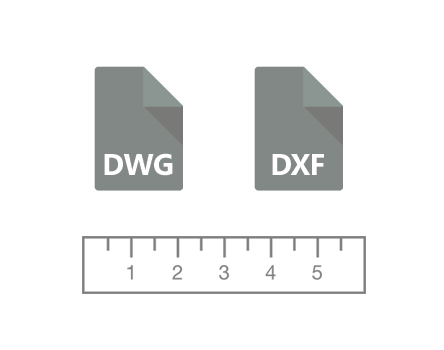The automated conversion of a raster image made up of pixels into scalable vector graphics is a complicated process that often has mixed results. The accuracy of the output vector depends on several things, including the quality of the input raster, on how detailed or “cleaned up” of noise is the image, on conversion algorithms etc. Common problems are the incorrect shape and color rendering.
To prevent the issues that might come up during vectorization, reaConverter’s latest edition offers several ways to customize the raster-to-vector conversion process. Opting for an outline or centerline algorithm and ignoring raster data when the input vector includes mixed vector-raster content are among the available possibilities.










